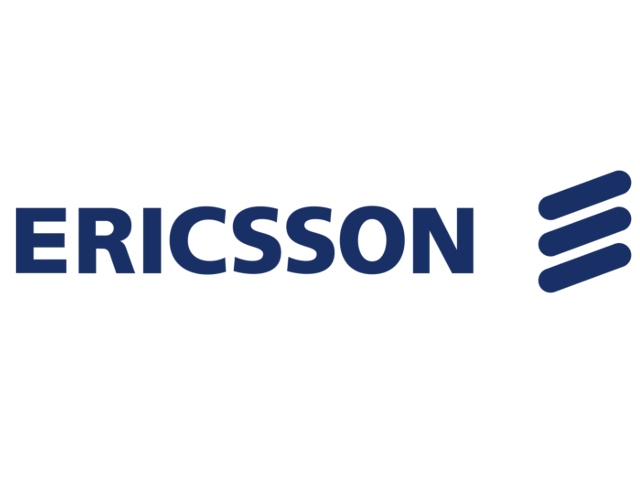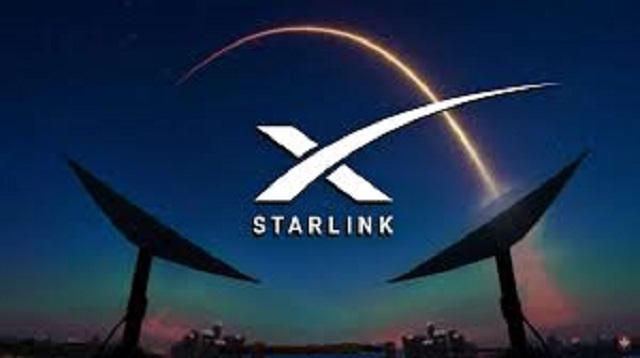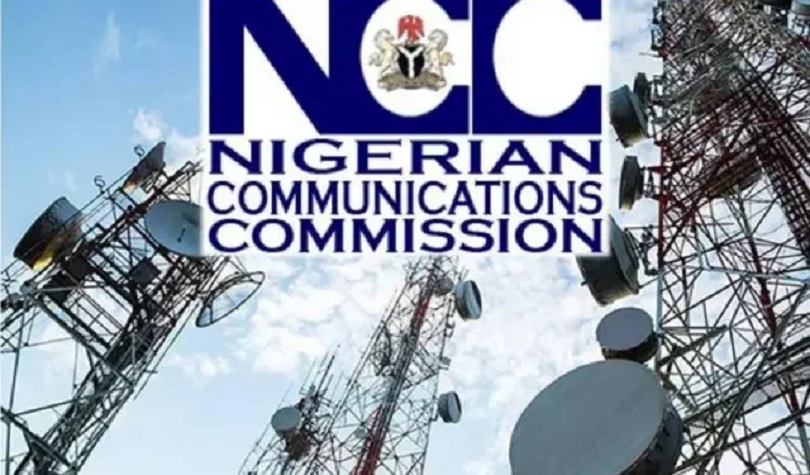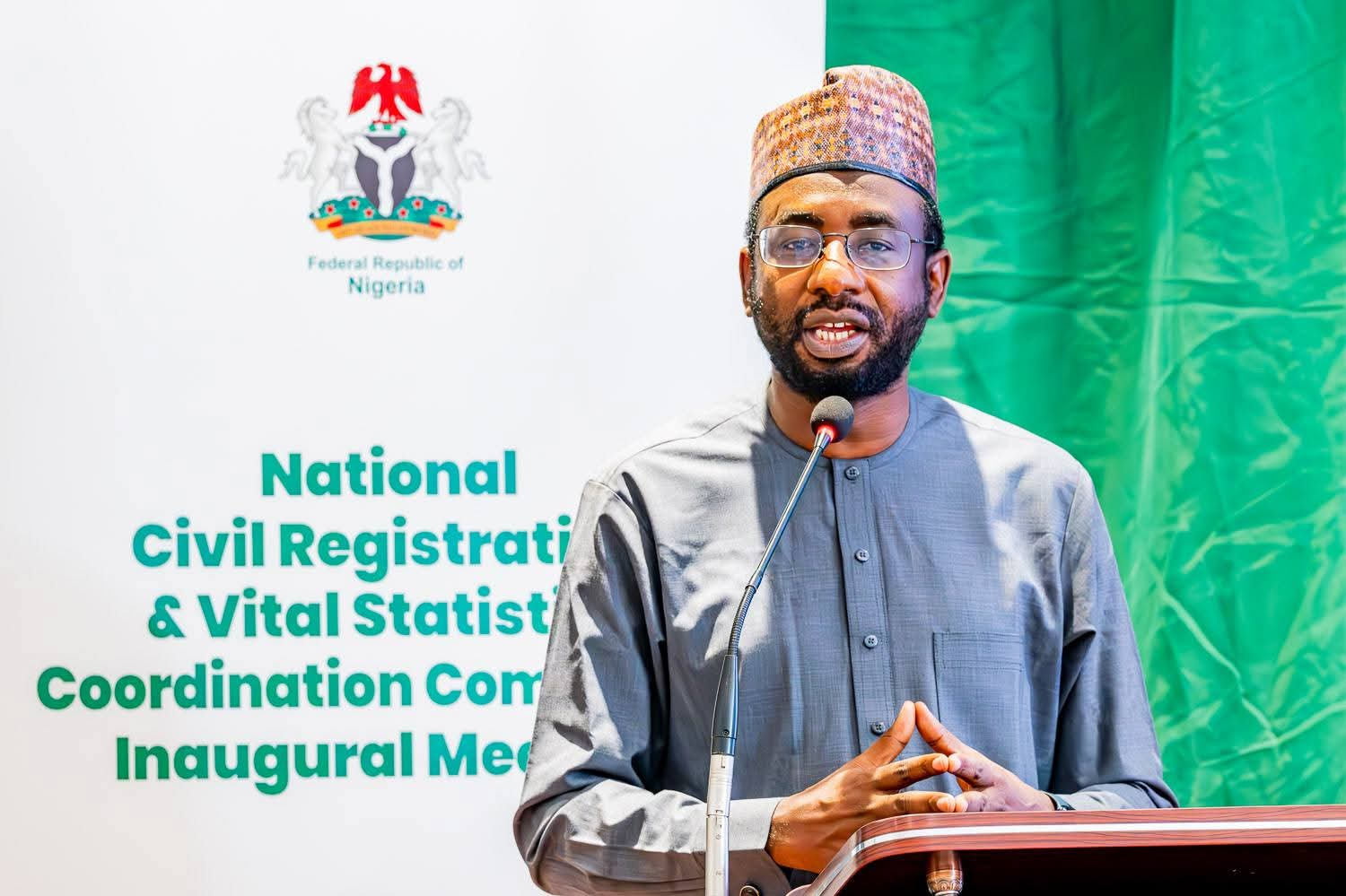Telecom
Strengthened Networks Portfolio Boosts Ericsson’s Drive Towards Net Zero Emissions

Ericsson’s leadership in supporting service providers’ Net Zero ambitions, while meeting market demands for higher 5G capacity and revenue growth, has taken a major step forward with the launch of an enhanced RAN and Transport portfolio.

Set to be showcased at Mobile World Congress (MWC) 2023 Barcelona, more than 10 new Ericsson solutions will cut carbon emissions and site footprint, increase energy performance and boost network capacity.
The full range of new remote radios for 4G and 5G capacity is led by the triple-band Radio 4485 for FDD (frequency-division duplexing), which is 53 percent lighter and consumes about 22 percent less energy than comparable products. New dual and single-band radios have also been launched.
Ericsson has also introduced a new range of wideband Massive MIMO radios – spearheaded by the industry-first, ultra-wideband AIR 6476 – which provides 600MHz instantaneous bandwidth that doubles capacity without additional antenna footprint and enhances user experience.
Software is in the spotlight as well with new features such as Interference Sensing, which optimizes mid-band Massive MIMO performance by minimizing inter-cell interference and increasing network capacity by up to 40 percent.
The updated portfolio includes new mobile transport offerings. The new quad microwave radio MINI-LINK 6321, with 4.8 Gbps capacity, is aimed at making RAN evolution options easier for service providers. The offering has around 50 percent smaller site footprint and energy consumption than the previous alternative for building a four-carrier MINI-LINK hop.
David Hammarwall, Head of Product Area Networks, Ericsson, says: “Capacity expansions, energy savings, and sustainability are central to service providers’ RAN evolution plans.
“Ericsson’s enhanced portfolio fulfills the key needs of service providers and is leading the industry towards Net Zero while capturing opportunities of data traffic growth. We expect these topics will be the center of attention in our discussions with customers at MWC Barcelona 2023 and beyond.”
Portfolio additions include: Intelligent Cell Shaping: Ericsson-unique software with intelligent automation that improves coverage and boosts downlink speed at the cell edge by up to 35 percent.
Booster Carrier Sleep: energy-efficiency software feature that allows carriers to be switched on and off depending on the traffic load.
Energy efficiency features in mobile transport with MINI-LINK Radio Deep Sleep, which lowers radio energy consumption by up to 25 percent by hibernating radios in multi-carrier solutions when the capacity is not needed.
New cell site router, Router 6676: with high density of 25GE interfaces and is three-times more energy-efficient than the previous generation of routers. It supports Ericsson’s new remote radios and Massive MIMO radios with 25Gbps interfaces.
Underpinning the solutions is an Ericsson hardware and software co-design that allows the network to slash power consumption by up to 94 percent during low traffic compared to peak consumption.
Ericsson is also reducing its own carbon emissions in the production of new radios, using the embodied carbon* metric, which gauges the amount of greenhouse gases released before the product is deployed. Radio 4485 has 50 percent lower embodied carbon emissions than comparable products.
The new solutions will be on show in Ericsson’s booth in Hall 2 at the Fira Gran Via during MWC Barcelona 2023 from February 27 to March 2. The portfolio additions will be commercially available during 2023 and Q1 2024.
Ed Gubbins, Principal Analyst at Global Data, says: “Ericsson’s latest RAN and transport solutions address not only a key pain point of service providers – how to grow capacity to further monetize 5G while keeping costs down – but also a top concern, which is energy efficiency or reducing their carbon footprint.
“The ‘more with less’ theme is spot-on with the new radios and software features – compact yet more powerful with higher capacity and energy efficiency. Also worth noting is Ericsson’s unique hardware and software co-design that enhances overall network performance.”
Achieving Net Zero green gas emissions is one of the most crucial and essential challenges the world is facing. Concerted efforts are underway across the telecoms sector by many players to achieve Net Zero emissions by 2050 or earlier.
Telecom
Airtel Africa Partners Starlink to Launch Direct-to-cell Service in 14 Markets

Airtel Africa said on Tuesday it has partnered with SpaceX to introduce Starlink’s direct-to-cell satellite technology to all its 14 markets.

The satellite-to-mobile service will begin across Africa in 2026, with data for select applications and text messaging, Airtel Africa said in a statement.
Airtel Africa customers with compatible smartphones in regions without terrestrial coverage will have network connectivity through Starlink.
The deal also includes “support for Starlink’s first broadband Direct to Cell system, with next-generation satellites that will be capable of providing high-speed connectivity to smartphones with 20x improved data speed,” Airtel Africa said.
Last month, Kyivstar, Ukraine’s largest mobile operator, became the first in Europe to launch Starlink’s direct-to-cell satellite technology in a bid to keep millions connected amid wartime blackouts and disrupted infrastructure.
Telecom
NCC Blames NOGASA for Abuja Outage

Nigerian Communications Commission (NCC) has blamed the actions of the National Oil and Gas Suppliers Association (NOGASA), for the recent telecom blackout experienced in the Abuja area.

NCC
A statement issued on Friday by the Head, Public Relations, NCC, Mrs. Nnenna Ukoha, while acknowledging the challenges and impact of the degraded Quality of Service (QoS) in the area on subscriber experience, stated: “The challenges are a result of the activities of the National Oil and Gas Suppliers Association (NOGASA), which disrupted diesel supplies to sites with the attendant telecommunications services outages in Abuja.”
She however disclosed that the telecommunications sector regulator is committed to ensuring restoration of seamless communication services to the affected area, and all Nigerians at large, and recognizes the importance of reliable power supply for the provision of optimal telecommunication services.
“The Commission is collaborating with major stakeholders and licensees to address these challenges, largely caused by disruption to diesel supply affecting IHS Nigeria Limited, the colocation provider responsible for powering Airtel and MTN base stations in the affected areas.
“The NCC is actively engaging with relevant stakeholders to address the diesel supply issues and explore sustainable solutions.
“The Commission urges all parties to work together to collaboratively resolve these challenges swiftly by removing the diesel supply bottlenecks affecting critical telecommunications infrastructure, arising from NOGASA’s actions.
Ad image
“In the face of these challenges, we reiterate our commitment to fostering a conducive environment for the growth and sustainability of telecommunications services in Nigeria.
“We are taking proactive steps to facilitate dialogues between the impacted service providers and other stakeholders to promptly resolve the diesel supply concerns that have negatively impacted service quality.”
While assuring that the Commission remains dedicated to effectively managing the situation and will keep the public updated on progress towards restoring full telecommunication services in Abuja, Mrs. Ukoha appreciated subscribers for their patience.
“We thank telecommunications subscribers for their understanding and patience during this period and reaffirm our commitment to delivering high-quality telecommunications services nationwide,” she said.
Telecom
NITDA Charts Path for Kano as Innovation Hub

Mallam Kashifu Inuwa Abdullahi, Director-General of the National Information Technology Development Agency (NITDA), has called for a fundamental shift in Kano State’s economic strategy, urging stakeholders to embrace innovation, technology and collaboration as the drivers of growth in the 21st century.

Mallam Kashifu Inuwa Abdullahi, Director-General of the National Information Technology Development Agency (NITDA)
This is contained in a press statement e-authored by the Director of Corporate Communications & External Relations at NITDA, Hajia Hadiza Umar.
Speaking at the Kano Startup Weekend, Mallam Abdullahi acknowledged Kano’s long-standing reputation as the commercial nerve centre of Northern Nigeria and the wider Sahelian region, noting that its history of trade, enterprise and human capital provided a solid foundation for future growth.
Abdullahi emphasised that while these strengths powered Kano’s success for centuries, the modern economy now offered even greater opportunities through innovation and technology.
He described innovation as the process of transforming ideas into impactful solutions through commercialization, stressing that when ideas were effectively deployed, they created value, solved societal challenges and generated sustainable economic growth.
He noted that Kano’s large market, strategic location and vibrant entrepreneurial culture placed it in a strong position to take advantage of innovation-driven opportunities.
According to him, “Innovation is the process of taking an idea from inception to impact. Invention on its own is a cost centre, but when you commercialise an idea, when you turn it into a product or service that solves a real problem and creates value, that is when you begin to drive economic growth and inclusion.”
He noted that the state hosted numerous degree-awarding institutions across federal, state and private ownership, providing a strong base for human capital development.
However, the NITDA DG expressed concern that these institutions often operated in isolation from industry, with research outputs rarely translating into commercial or industrial applications.
He explained that innovation did not happen in silos and stressed the need for a strong, interconnected ecosystem that brought together academia, industry, startups, entrepreneurs and government.
According to him, universities should conduct research informed by industry needs, industries should leverage research to improve productivity and competitiveness, and startups should serve as the bridge that converted ideas into market-ready solutions.
The NITDA boss further encouraged entrepreneurs to leverage technology to build businesses that could grow beyond local markets, explaining that innovation-driven enterprises had the power to scale rapidly, create jobs and position Kano competitively at both national and global levels.
According to him, digital platforms and emerging technologies now made it easier for startups to reach wider markets and develop solutions that were previously unimaginable.
“You can start your business here in Kano, but your thinking must be global from day one. Technology has removed barriers. With the right skills and platforms, a startup in Kano can build solutions that serve not just Nigeria, but the world,” he noted.
Highlighting NITDA’s ongoing interventions, its Director-General outlined the Agency’s commitment to building national innovation capacity through targeted human capital development programmes.
He cited the Digital Literacy for All (DL4ALL) initiative, which aimed to equip Nigerians across all segments of society with essential digital skills, and the 3 Million Technical Talents (3MTT) programme, designed to produce a pipeline of globally competitive technical professionals in areas such as software development, data analysis and emerging technologies.
He said, “Through DL4ALL, we are ensuring that Nigerians at all levels have the basic digital skills needed to participate in the digital economy, while 3MTT is deliberately building a pipeline of globally competitive technical talents who can drive innovation, create jobs and attract investment.”
Abdullahi explained that these programmes were key pillars of President Bola Ahmed Tinubu’s Renewed Hope Agenda, which prioritised skills development, innovation, job creation and inclusive economic growth as pathways to national prosperity.
According to him, empowering Nigerians with digital and technical skills was essential for building a resilient economy capable of competing in the global digital landscape.
“President Tinubu’s Renewed Hope Agenda is about investing in people, empowering them with relevant skills and creating opportunities for inclusive growth.
“At NITDA, we are using digital skills and innovation as tools to translate that vision into real economic impact for Nigerians,” he said.
The NITDA boss urged all stakeholders in Kano to work together to build a functional innovation ecosystem that could unlock the state’s vast potential and expressed confidence that with the right mindset, strong collaboration and sustained investment in digital skills and innovation, Kano could reclaim its historic leadership role and emerge as a major innovation and entrepreneurship hub in Nigeria and beyond.

 E-Financial3 days ago
E-Financial3 days agoSupreme Court Clears Fidelity Bank in ₦225bn Sagecom Saga

 E-Financial3 days ago
E-Financial3 days agoPreventing Financial Crimes Amid Mounting Insecurity: Why Following the Money is Now a Survival Imperative

 E-Financial3 days ago
E-Financial3 days agoUnion Bank Clinches Top Workplace Practice Honour at Sustainability Awards

 Broadcasting2 days ago
Broadcasting2 days agoDavido, Babajide Sanwo-Olu, Karl Toriola, Others To Be Honoured At The Most Influential People of African Descent Awards In Lagos

 News2 days ago
News2 days agoSiBAN New Executive Council to Champion Vision for Nigeria’s Digital Economy

 E-Financial2 days ago
E-Financial2 days agoTax Reform or Financial Exclusion? The Trouble with Mandatory TINs

 Telecom2 days ago
Telecom2 days agoNCC Blames NOGASA for Abuja Outage

 Telecom3 days ago
Telecom3 days agoNITDA Charts Path for Kano as Innovation Hub



























